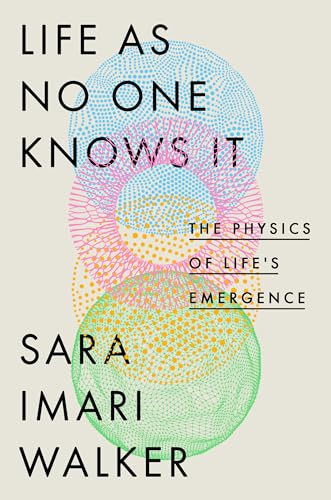What do you think?
Rate this book


272 pages, Hardcover
First published August 6, 2024
Features of reality appear 'material' or 'physical' to us if they smaller in time than we are. Examples includes elementary particles, atoms, and biological cells. By contrast, objects that are larger than us in time, look 'abstract' and 'informational.' An example is human culture, as mediated by our languages, which does not look like a tangible physical structure to us as individuals yet nevertheless binds us together as a collective object that undergoes selection and evolution. Artificial intelligences like ChatGPT are alienating to us because they take structures that are large in time, things like language distributed over over many human minds and compress them to an object as size and timescale we can interact with; the large language model.
“What is life?”
In her Long Now Talk, astrobiologist and theoretical physicist Sara Imari Walker explores the many dimensions of that seemingly simple question.
Starting from the simplest precursors, Walker assembled a grand cathedral of meaning, tracing an arc across existence that linked the fundamentals of organic chemistry, the possibility space of lego bricks, and the materialist philosophy of Madonna.